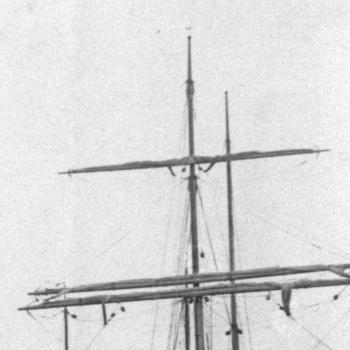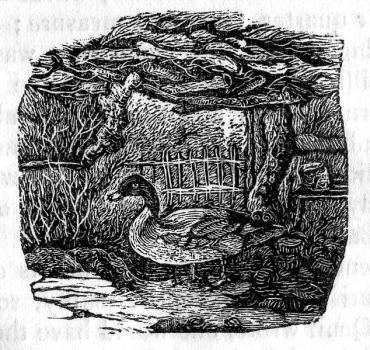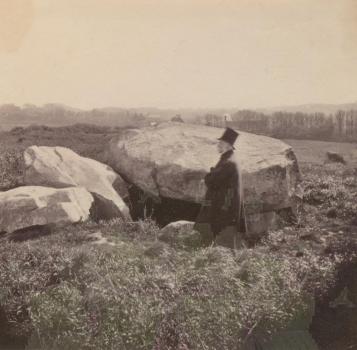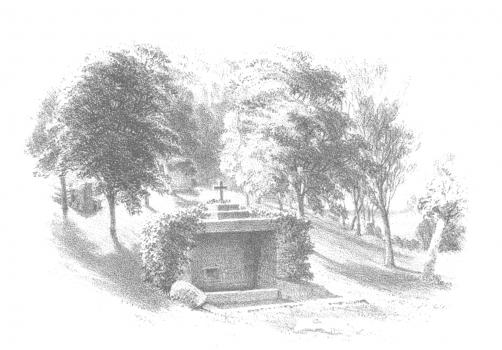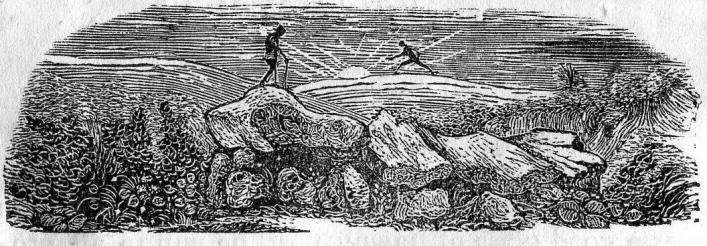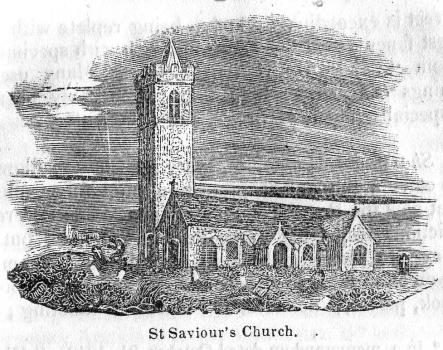The Launch of the 'Concordia'
1st August 2024
Witchcraft in action - literally with a pinch of salt. From a Report by J Linwood Pitts, Hon. Sec. of the Folklore Section of the Société Guernesiaise. The illustration is a photograph of a brigantine in St Peter Port Harbour, from the Priaulx Library's Photographic Collection. Please contact us if you wish to reproduce it.

